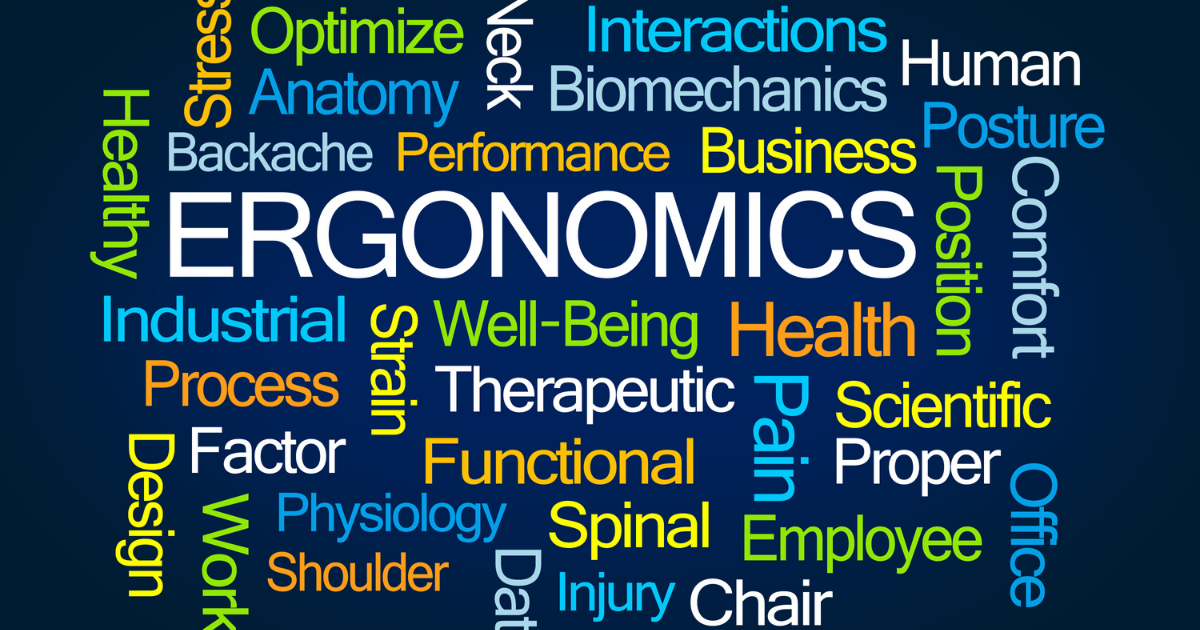The World Wide Web contains a myriad of information, some of it fact and some of it miss-informed content. We’ve all reached out to the internet at some point for an answer to a question or for some guidance on how to solve an issue. Take for example the ergonomic checklist to set-up your workstation correctly. There are bucket loads of these out there which, at first glance, may seem quicker, easier and cheaper than seeking out an expert. But are they really?
Let’s discuss why you need to beware of the ergonomic checklist and what you should look out for.
Here are some questions you should consider:
How do we know the checklist we have downloaded has the correct requirements in it?
Requirements for ergonomic assessments can vary across jurisdictions, roles and countries, so it is very important to ensure you are using the right one for the right purpose. Beware of relying on a checklist downloaded from the internet as it may not have all the tasks of a role accounted for and, in the end, you may have simply wasted your time and money.
Who has put the ergonomic checklist together and what are their qualifications and experience to do so?
An ergonomic checklist should be developed by someone who has appropriate qualifications, expertise and experience in workplace ergonomic and assessments. However, the qualification alone will not suffice, experience makes a huge difference in getting ergonomics correct. Make sure you know this before proceeding.
How can we be sure we are following the ergonomic checklist properly?
Unfortunately, many online checklists simply list questions or things to check-off, but give no explanation or guidance to ensure you are following it properly. Beware of falling into the trap of assuming all is okay because you have used an ergonomic checklist. Think of it like having the plans and instructions to build a house. In theory you have the information, but applying it is very different. Nothing can replace experience and know-how.
Will it suit everyone? What about someone with an injury or pain?
Most checklists are generic in nature and may not account for people with injuries, disabilities, suffering pain, those with unique physical characteristics or needs. For example, what about the person with very long limbs? Or, the extremely tall or short person? Or, the pregnant woman? Or, the person with a curved spine? Or, someone who is extremely overweight? The list goes on…
Getting it wrong could be disastrous, possibly leading to more harm and costly workers compensation claims!
But, it is not all doom and gloom. Ergonomic checklists can be helpful and play a role in protecting your people and business from poor ergonomics at work. Ideally the checklist should be used as an initial tool to identify people or roles at risk of developing an overuse or other type of injury. It is best to seek out an expert in the field to ensure you get the desired outcome and appropriate level of protection.
A quality ergonomic assessment by a qualified and experienced expert is the best way to safeguard your business and your people from poor workplace ergonomics.
Want to know more on workplace ergonomics – click here

